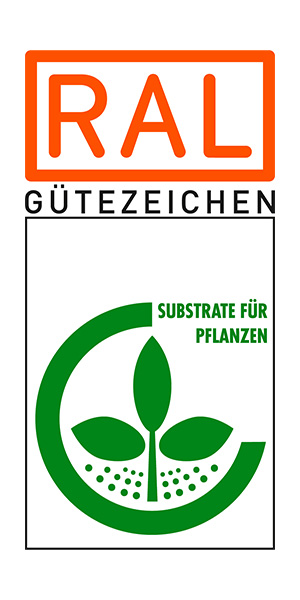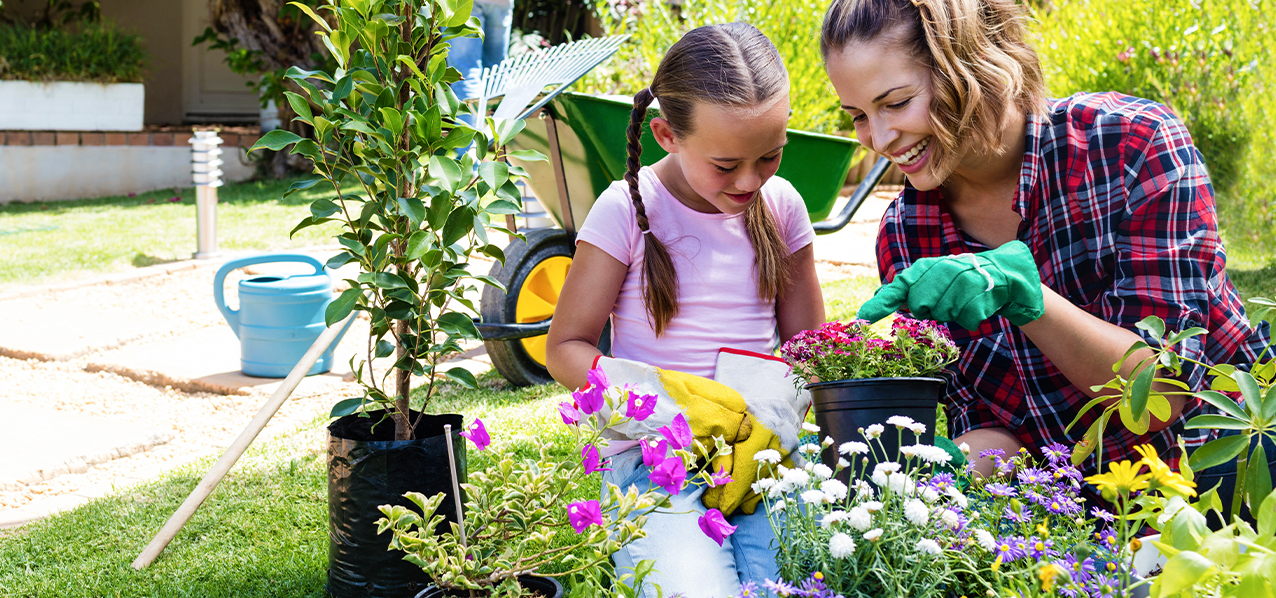Frequently asked questions
Trust is good, but checking quality’s better
THE GUIDELINES FOR RAL QUALITY MARKS
The RAL Quality Assurance system ensures that RAL quality marks stand for particularly superior products and services. The Quality and Testing Regulations cover the properties that are essential when using a certified product or service. RAL defines the Regulations in consultation with relevant institutions, such as business and consumers’ associations, public authorities and testing organisations. Producers and service providers as well as independent inspectors monitor compliance with the Regulations on a regular basis. Any violation will be disciplined and may include the withdrawal of the quality mark.
- The RAL association Gütegemeinschaft Substrate für Pflanzen e. V. has more than 40 years of experience in quality assurance.
- We have 60 active members – both in Germany and abroad, including leading companies from the substrate industry.
- We work closely with scientists and people with practical business experience.
- We keep our quality assurance programmes up to date with state-of-the-art technology at all times.
- We support research projects in any aspect of substrates.
- We contribute our expertise to help shape a general regulatory framework.
Frequently asked questions
Trust is good, but checking quality’s better
THE GUIDELINES FOR RAL QUALITY MARKS
The RAL Quality Assurance system ensures that RAL quality marks stand for particularly superior products and services. The Quality and Testing Regulations cover the properties that are essential when using a certified product or service. RAL defines the Regulations in consultation with relevant institutions, such as business and consumers’ associations, public authorities and testing organisations. Producers and service providers as well as independent inspectors monitor compliance with the Regulations on a regular basis. Any violation will be disciplined and may include the withdrawal of the quality mark.
- The RAL association Gütegemeinschaft Substrate für Pflanzen e. V. has more than 40 years of experience in quality assurance.
- We have 60 active members – both in Germany and abroad, including leading companies from the substrate industry.
- We work closely with scientists and people with practical business experience.
- We keep our quality assurance programmes up to date with state-of-the-art technology at all times.
- We support research projects in any aspect of substrates.
- We contribute our expertise to help shape a general regulatory framework.




